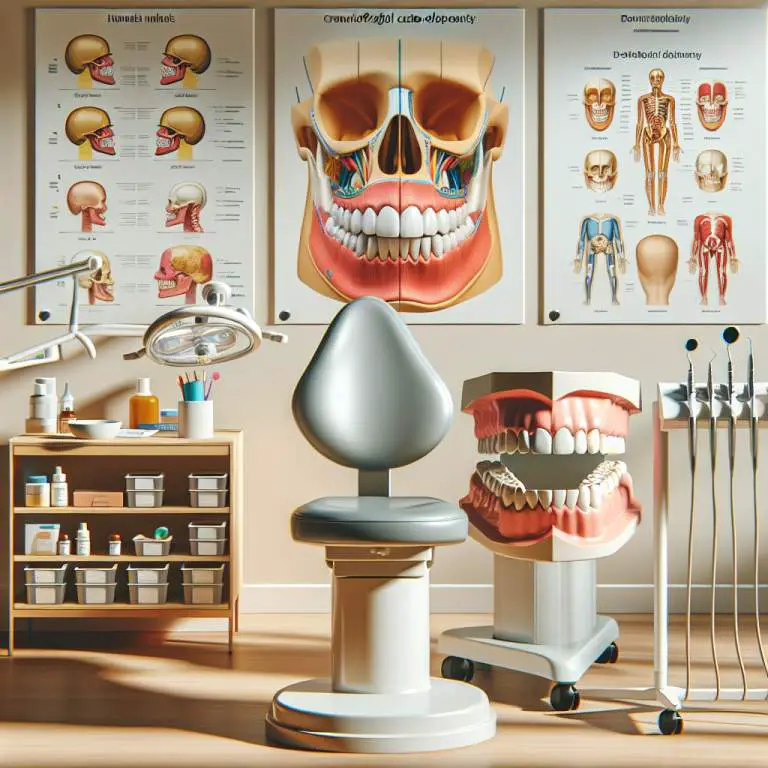How do environmental factors influence the science behind mewing?
Environmental factors like air quality, humidity, and allergens can impact the science behind mewing by affecting nasal breathing and oral posture. Poor air quality may make it harder to breathe through the nose, pushing individuals to mouth breathe, which goes against mewing principles. High humidity or allergens can lead to nasal congestion, further challenging the practice of proper tongue posture and nasal breathing essential for mewing. Thus, a clean and healthy environment supports the effectiveness of mewing.

How Does Diet Impact the Effectiveness of Mewing?
Diet plays a big role in how well mewing works. Eating healthy foods can make your bones stronger and help your body grow properly. This is important because mewing is all about changing the shape of your jaw and face by positioning your tongue in a certain way.
When you eat lots of fruits, vegetables, and foods rich in minerals like calcium, it helps your jawbone to be strong. A strong jawbone is good for mewing because it can support the changes better. So, eating right not only keeps you healthy but also makes mewing more effective.
What Role Does Air Quality Play in Mewing Success?
Air quality is something not many people think about when it comes to mewing, but it’s actually pretty important. Breathing clean air helps keep your nasal passages clear. This is key for mewing because you need to breathe through your nose properly for it to work well.
If the air around you is dirty or polluted, it might make breathing through your nose harder. This could slow down your progress with mewing. So, living in a place with clean air can help make sure that nothing gets in the way of your mewing success.
Can Physical Activity Enhance the Results of Mewing?
Yes, being active can definitely help improve the results you get from mewing. Exercise is great for overall health and can also increase blood flow to your face and jaw area. This extra blood flow can help bring more nutrients to those areas, which might help with the changes you’re trying to make through mewing.
Also, some exercises specifically target the neck and shoulders and can improve posture. Since good posture is a big part of successful mewing, staying active can really boost your efforts. Just remember that balance is key; too much exercise without proper rest might not be helpful.
How Do Sleeping Patterns Affect Mewing Outcomes?
Sleeping patterns are super important for getting good results from mewing. When you sleep well at night, it helps your body recover from stress and grow stronger. Good sleep also means that you’re likely keeping a consistent position for longer periods, which can help reinforce the new habits you’re trying to build with mewing.
If you don’t get enough sleep or if you sleep in weird positions, it might mess up your progress with mewing. For example, sleeping on your back with a proper pillow supports keeping a good posture even while asleep. This aligns well with what you’re trying to achieve during the day with mewing practices.
| Lifestyle/Environmental Factor | Effect on Mewing’s Efficacy |
|---|---|
| Posture | Improves efficacy; a straight spine aligns the jaw properly. |
| Diet | A harder diet requiring more chewing can enhance muscle tone and support mewing results. |
| Exercise | General physical health improvements can complement the facial changes sought through mewing. |
| Sleep Position | Sleeping on your back without a pillow can improve results by maintaining proper spinal alignment. |
| Hydration | Adequate water intake ensures optimal tissue health, potentially affecting mewing outcomes. |
| Air Quality | Poor air quality may increase mouth breathing, which counteracts mewing efforts. |
| Stress Levels | High stress can lead to tension in the jaw and face, possibly hindering progress. |
| Screen Time/Electronic Use | Prolonged use encourages a forward head posture, negatively impacting mewing effectiveness. |
Does Stress Influence the Process and Results of Mewing?
Stress can have a big impact on how well mewing works. When you’re stressed, your body’s muscles, including those in your face and jaw, might tense up. This can make it harder to keep the right posture for mewing.
Also, stress can lead to habits like grinding your teeth or clenching your jaw. These habits can mess with the progress you’re making with mewing. It’s important to find ways to relax and reduce stress to help mewing work better.
In What Ways Do Age and Genetics Interact with Mewing Practices?
Age and genetics play a role in how effective mewing is. Younger people might see results faster because their bones are still growing and changing. This means their facial structure is more flexible and can adapt more easily to mewing practices.
Genetics also matter because they determine the natural shape of your jaw and face. Some people might find it easier to see changes from mewing due to their genetic makeup. However, everyone can benefit from improved posture and breathing that comes with proper mewing techniques.
How Important is Consistency in Seeing Results from Mewing?
Being consistent is key when it comes to seeing results from mewing. Just doing it once in a while won’t be enough to make a noticeable difference. You need to practice good posture and proper tongue placement all the time.
If you stick with it every day, over time, you’ll start to see changes in your facial structure and breathing patterns. Remember, patience and consistency are crucial for success in any new habit, including mewing.
Final Thoughts
Mewing is a technique that requires understanding how different factors affect its effectiveness. Stress levels, age, genetics, and especially consistency play significant roles in determining the outcomes of practicing mewing.
To get the best results from mewing, it’s important to manage stress, understand the influences of age and genetics, and most importantly, remain consistent in practicing the technique daily. With dedication and patience, individuals can potentially see improvements in their facial structure over time.







